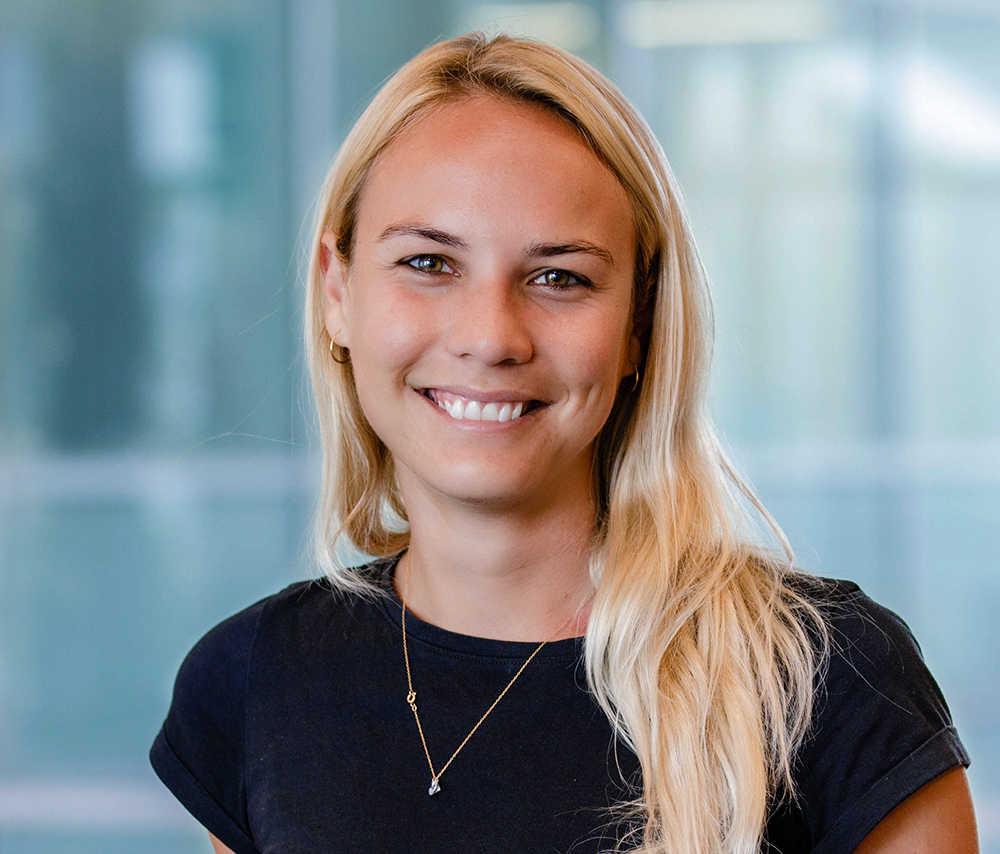QAEHS in Focus shines the spotlight on QAEHS staff and students to showcase the expertise and talent within our Centre. 
How long have you worked at QAEHS?
I have been at QAEHS since 2018, so just over 6 years.
How do you explain your job to people?
I say that I am a researcher, and that my main research project involves assessing human exposure to chemicals by measuring blood, with the aim to understand exposure, elimination, and potential health effects. My job is so varied, and I love every part of it, so I could talk about it for hours… But when anyone asks, I try to keep it short (…to begin with).
What is your favourite thing about working at QAEHS?
QAEHS has incredible resources, including lab instruments, a biobank, and global research collaborations. The research areas at QAEHS are very diverse, so I am constantly learning new things and there is always something new and exciting happening. On top of that, the people at QAEHS are amazing to work with.
What is something you learned in the last week?
I am involved in research investigating environmental chemicals in the human brain and the potential association these can have with neurological diseases. Because of this, I have been trying to educate myself in neuroscience. For example, one fun fact I have learnt is that if we were to unfold the human brain it would take up about 1 square meter.
What has been your career path that led to your current position at QAEHS?
During my bachelor’s degree (Biology) at Lund University in Sweden, I did an exchange year at the University of Queensland and ended up doing my thesis at QAEHS. Following my bachelor thesis project, I did my PhD which ultimately, led me to the postdoctoral research position I am in today.
What research are you working on now?
My key research projects involve understanding human exposures to PFAS. These are manmade chemicals that are used in our everyday life (for example, in water-resistant fabrics, non-stick cookware, cleaning, and personal care products). PFAS are also ingredients in certain firefighting foams that have been historically used in Australia; this is a major reason for environmental contamination. As a result, firefighters and communities affected by environmental contamination are/have been at risk of experiencing elevated PFAS exposure. When exposed to these chemicals, they stay in our bodies for a very long time. My current main research project monitors PFAS concentrations over time in the blood of firefighters and community members from contaminated areas. We assess if, and at what rate their PFAS levels are going down after exposure control measures. We want to understand what speeds up and slows down the elimination of PFAS from the blood and also look into the association between PFAS serum concentrations and potential health effects.
What is your favourite movie?
As soon as there is a new true-crime documentary out, I add it to my ‘to-watch-list’. I just love true crime! Apart from that, it really depends on my mood… I generally like movies that are based on true stories; ‘Lion’ and ‘The Theory of Everything’ are some of my favourites in that genre. I also love a good comedy; ‘We are the Millers’ or ‘The Heat’ always makes me laugh!
Random fact you would like to share about yourself.
I’m a massive ‘Swiftie’



